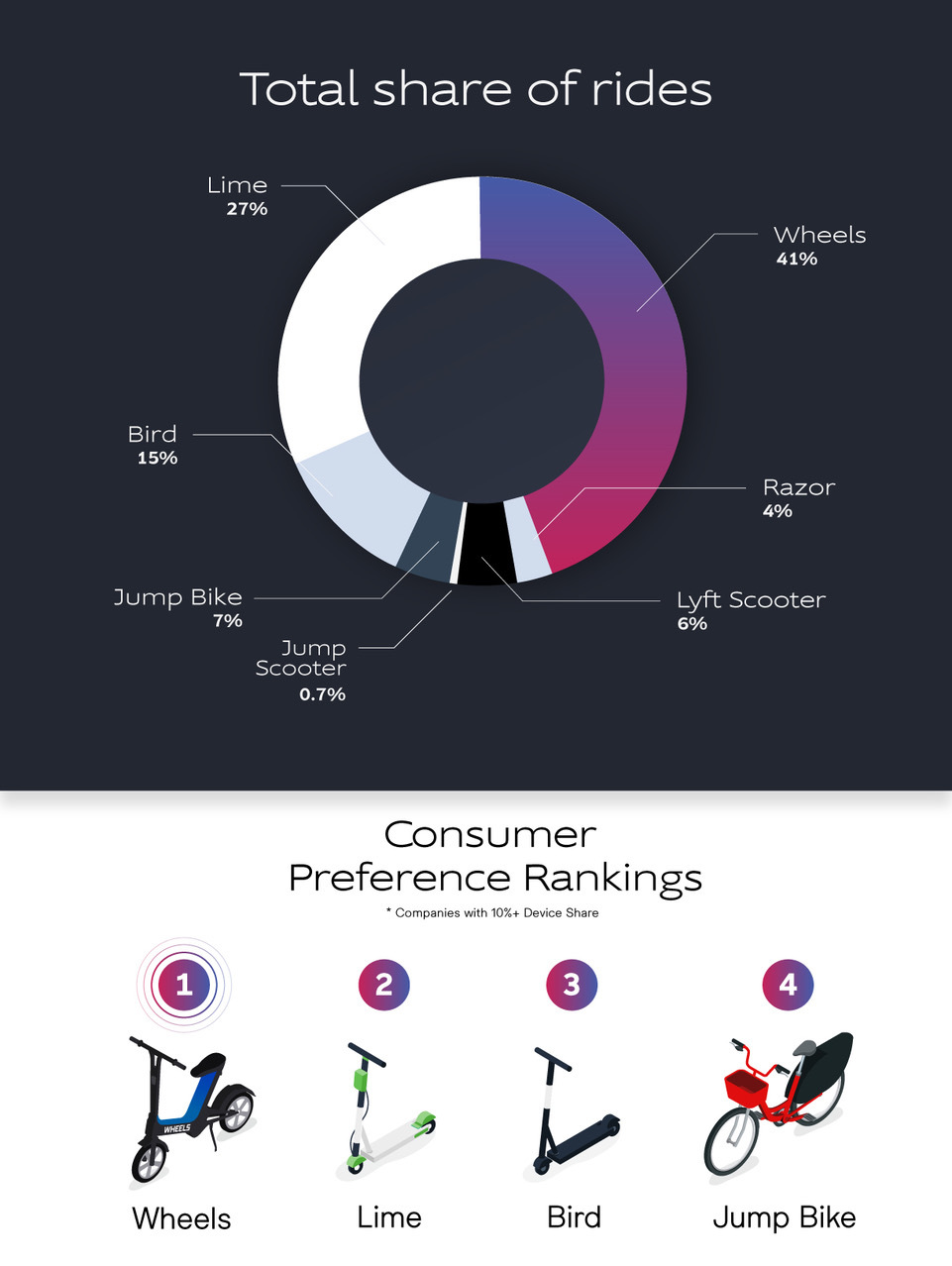An Introductory Overview Of E-Bike Regulation And Standards In Your City
An Introductory Overview Of E-Bike Regulation And Standards In Your City
Blog Article
Personnel Author-Goldberg Dejesus
Before you get on your e-bike and struck the streets, it's essential to comprehend the regulations and guidelines that control your city. From speed limits to marked riding locations, there's a lot to take into consideration to guarantee you're compliant and risk-free. By acquainting yourself with the rules specific to e-bikes, you'll be better geared up to enjoy your adventures with no unexpected legal issues. Keep tuned to uncover essential insights that will certainly aid you browse the e-bike landscape in your city seamlessly.
Comprehending E-Bike Classification
When it comes to navigating the realm of e-bike regulations and laws, an essential beginning factor is recognizing the classification system that classifies these electrical bikes. E-bikes are generally identified into three major groups: Course 1, Class 2, and Class 3.
Class 1 e-bikes are pedal-assist just, meaning they give aid while the biker is pedaling and have a maximum speed of 20 miles per hour. These bikes are allowed in areas where standard bikes are permitted.
Class 2 e-bikes are furnished with a throttle that can thrust the bike without pedaling. They additionally have a maximum speed of 20 mph and are suitable for riders that might require support without pedaling continuously.
Course 3 e-bikes resemble Course 1 yet with a higher maximum speed of 28 miles per hour. These bikes are often restricted from particular bike paths or tracks as a result of their higher speeds.
Recognizing these classifications is crucial for following regional laws and making certain a safe and enjoyable e-biking experience.
Browsing Speed Limitations and Limitations
To effectively navigate e-bike regulations and guidelines, it's essential to understand the speed restrictions and limitations that put on various classes of electric bicycles.
Speed limits for e-bikes differ depending on the category of the bike. Class 1 e-bikes, which are pedal-assist just and have a maximum speed of 20 miles per hour, are usually enabled on bike lanes and courses.
Course 2 e-bikes, which have a throttle along with pedal-assist and also get to rates of up to 20 mph, may be limited in specific areas where motorized vehicles aren't permitted.
Class 3 e-bikes, with pedal-assist approximately 28 miles per hour, are normally required to comply with the same policies as standard bikes.
It is necessary to adhere to these rate limits and constraints to ensure your safety and security and the safety of others when driving. Before riding your e-bike, familiarize yourself with the certain guidelines in your city to avoid any kind of potential penalties or lawful issues.
Where to Trip Your E-Bike
To establish where you can ride your e-bike, it's necessary to recognize the guidelines and standards particular to your area. In most locations, e-bikes are normally enabled on roads and roads where typical bikes are permitted. https://ebiketips.road.cc/content/news/will-this-mid-drive-e-bike-conversion-kit-outperform-its-mass-produced-rivals-4237 may consist of bike lanes, bike courses, and shared highways. However, it's important to examine regional legislations as some cities may have certain limitations on where e-bikes can be ridden.
When riding your e-bike, always prioritize safety by adhering to web traffic policies and respecting pedestrian walkways. Additionally, bear in mind any assigned bike lanes or paths in your location and utilize them whenever possible to guarantee a smoother and more secure experience.
Some cities additionally have policies pertaining to e-bike use on sidewalks, so see to it to acquaint on your own with these regulations to avoid any fines or fines.
Conclusion
Now that you know with the laws and laws surrounding e-bikes in your city, you can confidently hit the trail understanding where you can ride and what restrictions relate to your e-bike category. Bear in mind to constantly prioritize safety and security and comply with the rules to guarantee a smooth and lawful trip. Satisfied riding!
